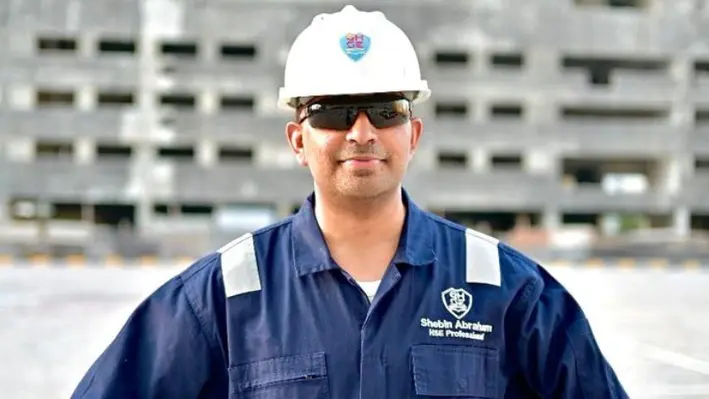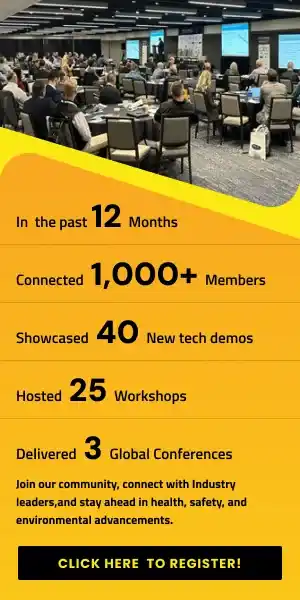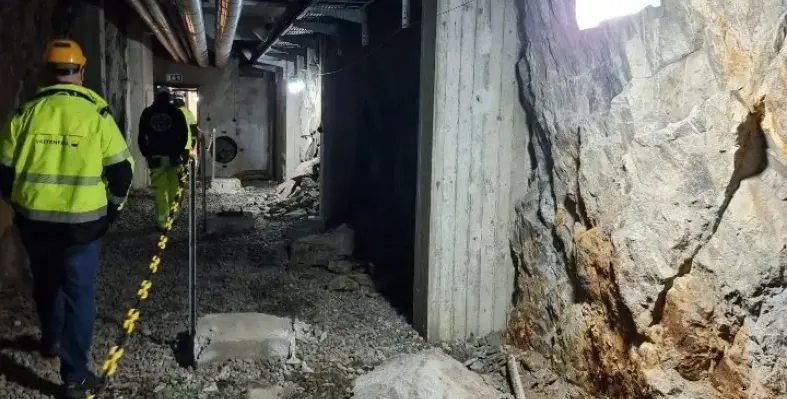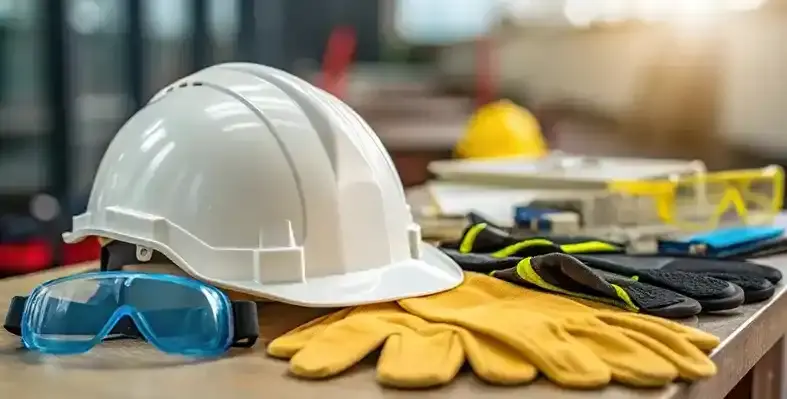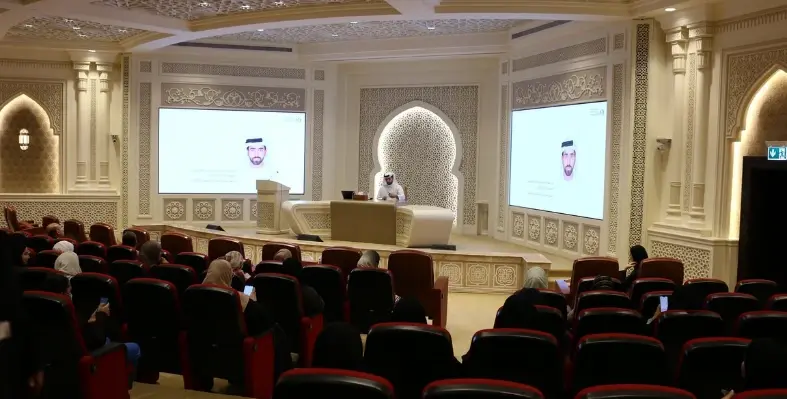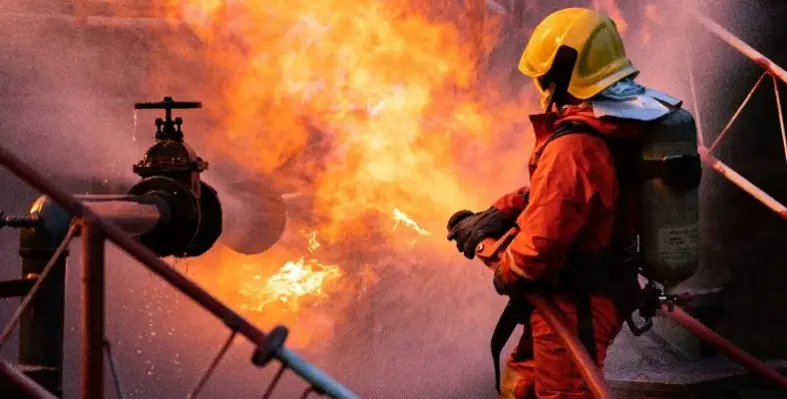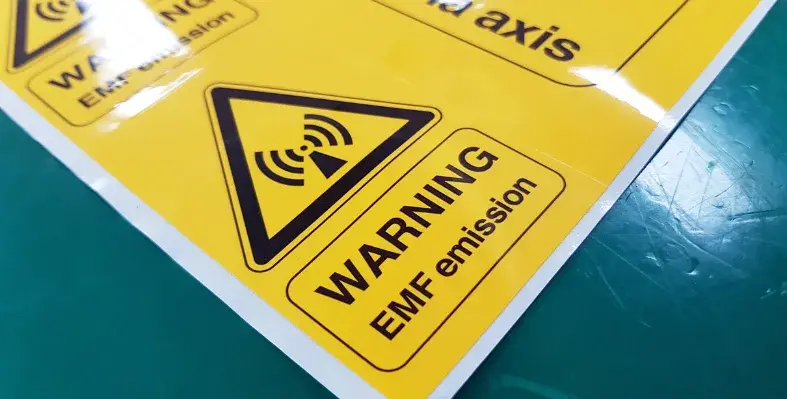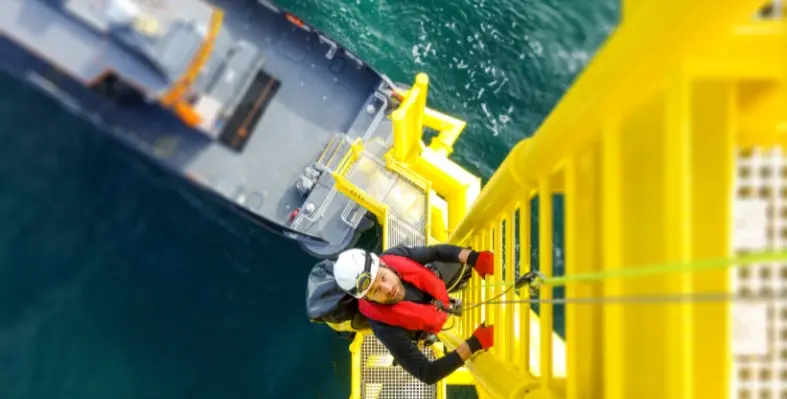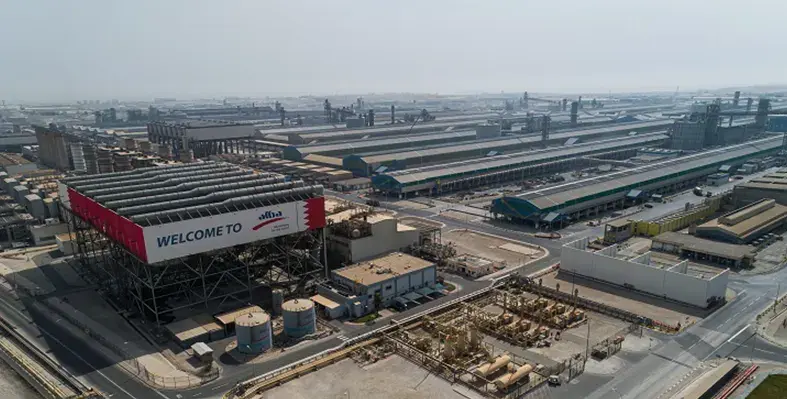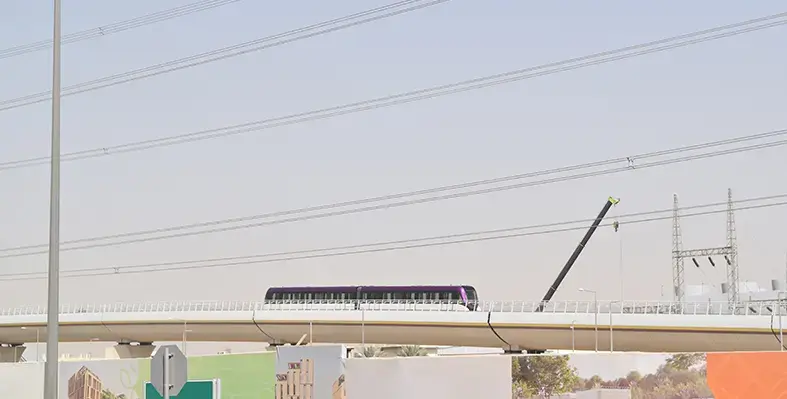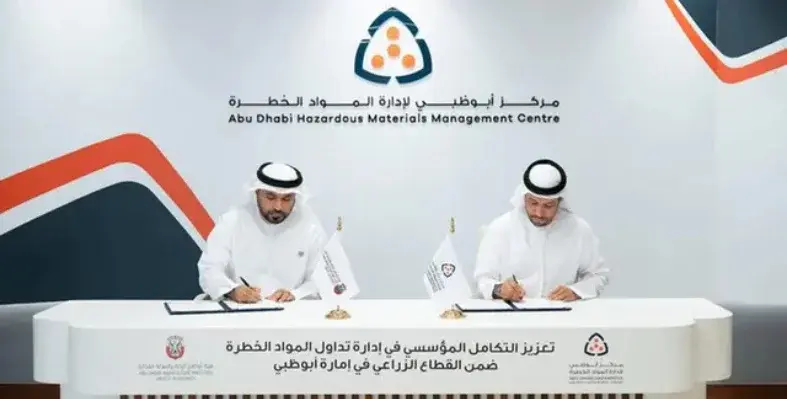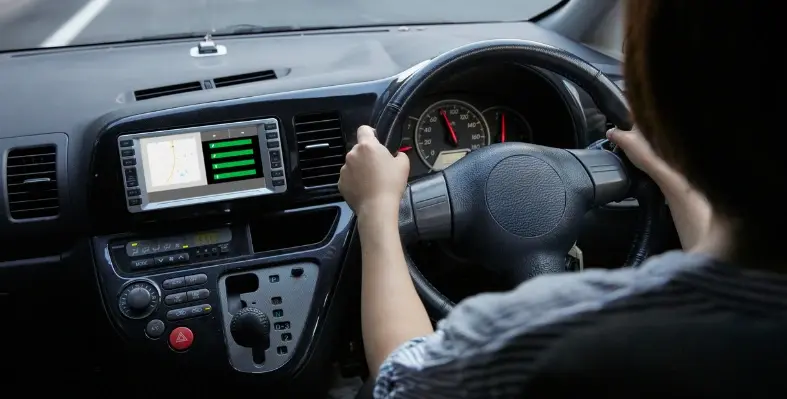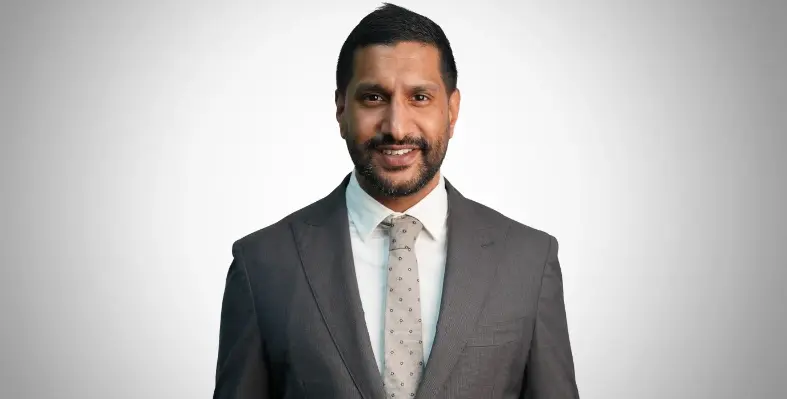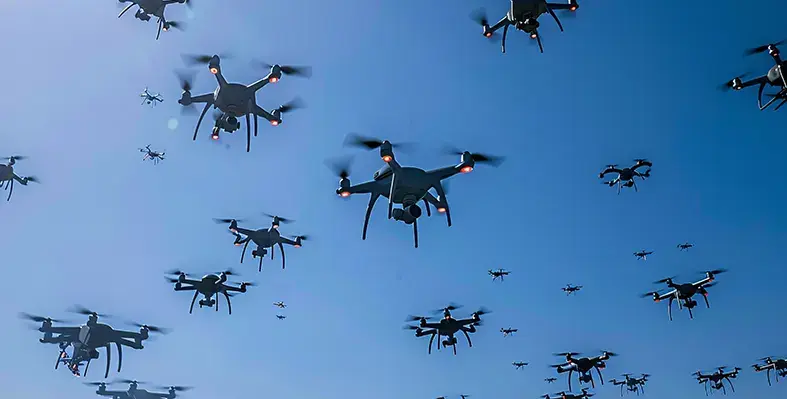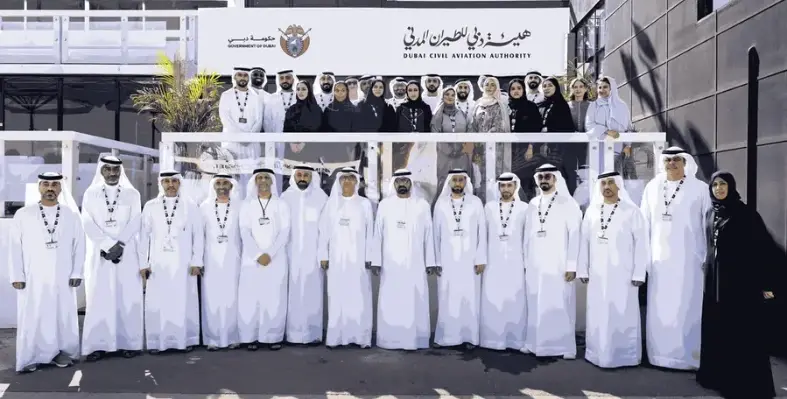HSE Review speaks with Shebin Abraham, founder of QHSE Directory, about the region’s evolving safety culture, the rise of digital tools, and how his platform is connecting professionals and solutions worldwide. Read on:
Having been in the region for close to two decades, how would you describe the HSE landscape has evolved in recent years?
What was once largely seen as a compliance requirement has steadily evolved into a central core value for organisations and their people. Stronger and more clearly defined legal frameworks have reinforced accountability and consistency across industries, laying a solid foundation for progress.
At the same time, the region has become a hub for international safety organisations bringing in advanced HSE solutions, which has fostered both a healthier workplace culture and a more competitive safety ecosystem. Post-COVID-19, the pace of change has accelerated. Safety digital tools, AI safety, and VR HSE Training are no longer viewed as “future possibilities” but are now part of daily safety practice.
Equally important is how the definition of “occupational health” has broadened. Organisations today are giving more attention to mental well-being, stress and fatigue management, and work–life balance. This holistic approach is shaping workplaces that care not only about physical safety but also about the overall quality of life.
Another inspiring change is the rise of highly competent multicultural HSE professionals across the region. Their expertise has elevated standards and cultivated a culture that is adaptive, innovative, and future-ready.
What are some of the key HSE initiatives that leading organisations in the region are focusing on today?
Artificial Intelligence, virtual reality, and advanced safety software are no longer viewed as experimental tools, they are becoming central to how organisations make decisions in real time and manage risks more effectively on the ground. My recent visits to exhibitions and conferences clearly highlighted this transformation, the conversation has moved from “if” to “how fast” organisations can adopt these safety solutions.
Bigger organisations are developing their own AI safety platforms to predict and prevent incidents, while others are building customised VR systems to simulate high-risk scenarios and train their workforce more effectively. What is equally encouraging is the growing demand from end clients too. They are no longer satisfied with contractors meeting minimum compliance. Instead, they expect their contractors to demonstrate an adaptive mindset and integrate technology into their safety management systems.
This shift signals a new era in HSE, one where leadership is measured not only by compliance but by innovation, foresight, and the ability to create safer workplaces through technology.
Could you share more details about the QHSE Directory platform and what sets it apart?
I have always believed that the health and safety profession, which has been evolving for more than 200 years, holds the power to save lives and transform industries. Over time, I noticed something very significant. It is not that good safety solutions don’t exist, in fact, there are thousands of innovative and effective HSE products and services available around the globe. The real challenge is that many of these solutions never reach the professionals and organisations that need them most.
In my own experience, I faced this gap many times. When I needed a solution, it wasn’t readily available, or I simply didn’t know where to find it. That sparked the vision for www.qhsedirectory.com, a global platform created to bridge this gap.
Since 2021, QHSE Directory is designed to connect two critical groups. HSE professionals searching for reliable, high-quality solutions, and solution providers eager to reach the right audience. It’s not just a listing platform but it’s a mission-driven safety platform to make access easier, faster, and more transparent.
What sets QHSE Directory apart is the purpose behind it. This isn’t just a business venture for me or it started as a business, it’s the result of a lifelong passion for occupational health and safety. My mission is to empower safety professionals, enable solution providers, and build a global safety ecosystem where safety innovation and people come together.
In your view, how can the wider HSE community benefit from engaging with this platform?
As an HSE professional who has worked in this region for close to two decades, I’ve often experienced the frustration of knowing that great safety solutions exist somewhere in the world, yet not being able to access them when I needed them most. That experience shaped my vision for QHSE Directory, a global platform that ensures solutions are not just created, but also reach the people and organisations that truly need them.
If you are an HSE professional, no matter where you are, this specialised safety platform is designed to support you throughout your career. For example, if a professional in Africa is searching for a solution that originates in the UK, QHSE Directory makes that connection possible.
What sets QHSE Directory apart is accessibility and choice. Big and small companies alike want to adopt modern safety technologies, but not every solution is available, accessible, or affordable. Our approach is to bring multiple options onto one platform, so if one solution is out of reach for a company, there are always alternatives. This creates flexibility, affordability, and a level playing field for organisations of all sizes.
The platform spans eight services: health and safety products, digital solutions, training companies, consultants, books, freelancers, conferences, and exhibitions.
My vision is simple but powerful: make the best safety solutions in the world accessible to every professional and organisation.
Looking ahead, what do you see as the major challenges and opportunities for HSE professionals in the region over the next decade?
We live in a society where the workforce belongs to different generations. Millennials, Gen Z, Gen Alpha, and the coming Gen Beta etc - each brings a different mindset to the workplace. Some are highly technology-driven, others are less so, and many fall somewhere in between. For HSE professionals, this is both a challenge and a gift. The challenge is ensuring that safety systems and cultures are inclusive and effective for everyone. The opportunity is to build an ecosystem where each generation’s strengths contribute to a stronger, safer workplace.
Another area that will demand attention is the pace of technology versus regulation. Technologies like AI, VR, and advanced digital solutions are evolving at lightning speed, while legal frameworks are often slower to adapt. This creates a gap, where innovation runs ahead of regulation. For HSE professionals, this means we must learn to responsibly harness new technologies, set internal benchmarks, and lead with foresight even before formal regulations catch up.




